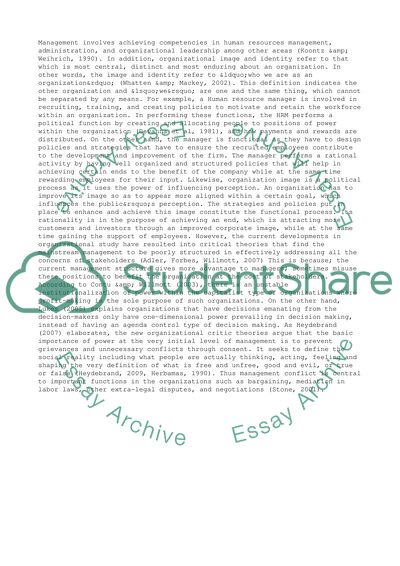Cite this document
(Alternative Perspectives on Management Coursework, n.d.)
Alternative Perspectives on Management Coursework. Retrieved from https://studentshare.org/management/1459904-alternative-perspectives-on-managment
Alternative Perspectives on Management Coursework. Retrieved from https://studentshare.org/management/1459904-alternative-perspectives-on-managment
(Alternative Perspectives on Management Coursework)
Alternative Perspectives on Management Coursework. https://studentshare.org/management/1459904-alternative-perspectives-on-managment.
Alternative Perspectives on Management Coursework. https://studentshare.org/management/1459904-alternative-perspectives-on-managment.
“Alternative Perspectives on Management Coursework”, n.d. https://studentshare.org/management/1459904-alternative-perspectives-on-managment.


